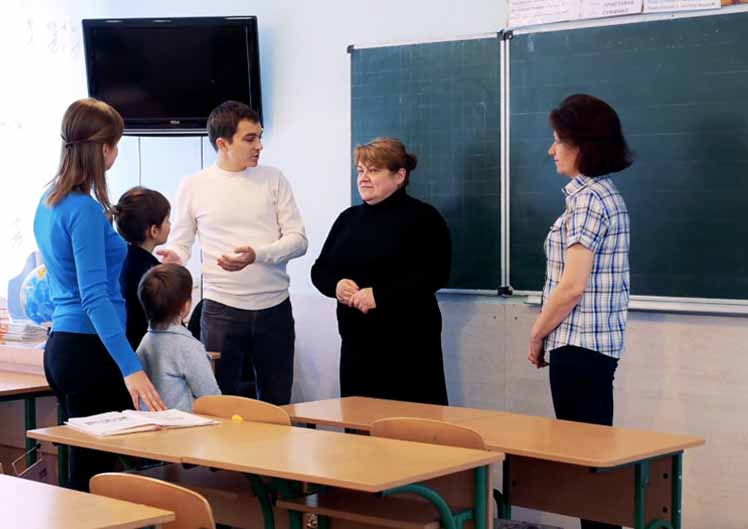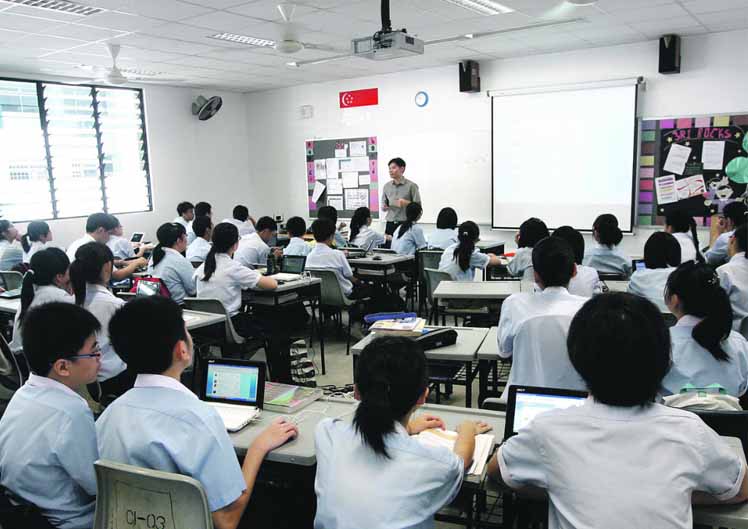United Kingdoms
From the 1960s through the ’80s, the UK’s primary schools have been classed as innovative and focused on the child, according to the Plowden Report. Noteworthy, innovative schools in the United Kingdoms have a domestic system, where students, teachers, and parents have a say in how the curriculum might be run and what to include in the syllabus of the year, as opposed to following any standard education system.
In recent years, a lack of creative teaching has been noticed. Schools are forsaking their innovative programs for a more typical way of teaching. From the ’90s to date, independent observers have tried to bring this disappointing trend to the notice of government officials, but they often get sidelined.
A general consensus is that creativity is being squeezed out of UK schools.



